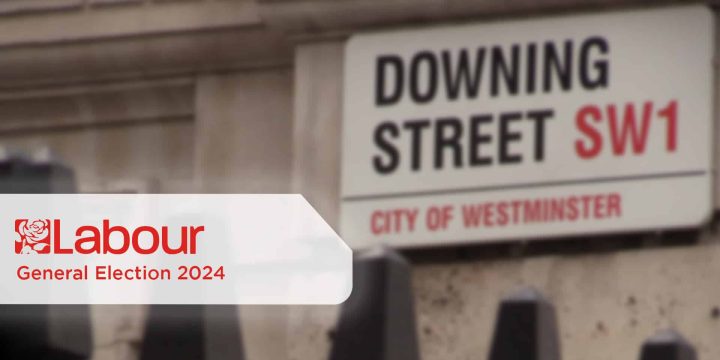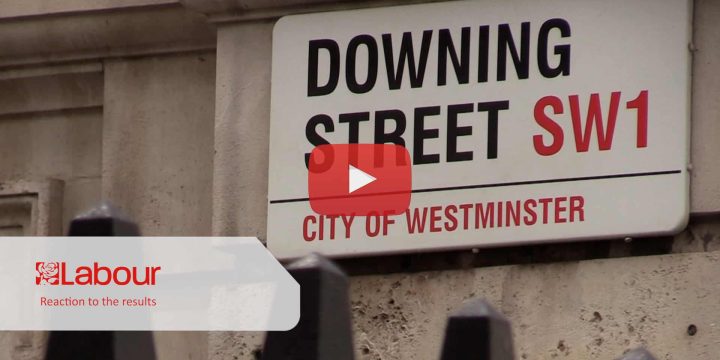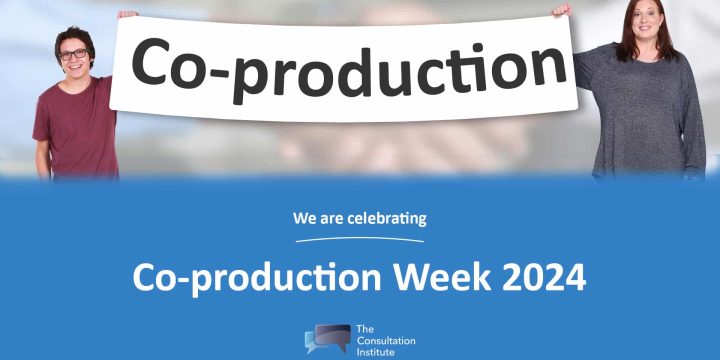News & Insights
“This should be in a museum!”- Bristol’s History Commission and the problem of slaver statues
When the statue of Edward Colston, prominent Bristolian and slaver, was toppled and unceremoniously dumped in the harbour during a BLM protest in June 2020, it triggered an intense debate about the propriety of the removal of statues and monuments to historical figures from public spaces. It became a key point of debate in arguments over the so-called ‘culture war’ being pushed by certain politicians and groups.
Naturally we pointed to a well-done consultation as a potential way of dealing with the issue, though we also highlighted the particular challenges of this and looked at a case in Stroud where one of the loudest voices against the proposals was the local MP. Back in Bristol, the Council had set up the “We are Bristol” History Commission to look at what should be done with the Colston statue. After a consultation with the community it’s just issued its full report.
As a temporary measure the fallen statue was displayed in a temporary exhibition at a local museum, which was also available online. Alongside the display was a survey asking three key questions:
- Do you agree or disagree that the Colston statue should be put on display in a museum in Bristol?
- What should be in the plinth space?
- How do you feel about the statue being pulled down?
Each question included a free-text space for response with the second also having some suggested options. It was completed by almost 14,000 people, just over half of whom were from Bristol. Where some localities of the city had had lower response rates additional outreach was undertaken to seek views. An admirable effort, certainly.
So what were the results? A 74% majority wanted the statue to put in a museum with 80% of Bristolian respondents supporting this. Of the 16% of Bristolians who didn’t want it in a Museum, about three quarters wanted it returned to its original site. Comments also indicated (with a 5:1 ratio) that if it was to be put in a museum, it should be lying down, with the graffiti added by protestors remaining.
71% of Bristolian respondents wanted a plaque reflecting the events of the toppling to be placed at the site of the toppling, though there was more debate as to what to actually do with the plinth itself with the most popular option being to use it as a site for temporary artworks and sculptures.
On the subject of how people felt about the statue being removed, 65% of Bristolians said they felt either positive or very positive about the fall of the statue, with just over one in three reporting negative feelings mostly founded in the manner of removal. This final question does provide some interesting discussion and an interesting learning point for consultors however about assumptions. Although there were still positive feelings overall about the toppling of the statue, the Black/African/Caribbean and Black British community were the least positive about the toppling of the statue by a small margin. Comments suggested that this was because they particularly disliked the method of removal.
The report was written by the members of the Commission, mostly historians, and it makes fascinating reading on several different levels. Firstly, it seems to have been a well-run consultation which took an active approach to reaching out across different communities and geographies to ensure that the widest range of voices was considered. It also reminds us not to rely on assumptions and to approach consultation with an open mind. Finally, it’s also a prime demonstrator that the loudest voices are not necessarily the majority view. Reading much of the press and political discussion around the time of the statue toppling you could very easily have come away assuming that the removal of statues was a universal ill or that the public opinion was overwhelmingly against it. This consultation rather comprehensively demonstrates that, in Bristol at least, the opposite is more likely to be the case. Whilst we should be cautious to draw country-wide conclusions from this, it will be interesting to see if any of the other similar exercises display the same pattern.
So will this example of a consultation and a historical commission become a model for local authorities looking at their public monuments and memorials? Should it? From our perspective, it seems to have been a well-run consultation, of the sort we suggested would be necessary to ensure it was respected. The addition of the historical commission too adds an additional layer of protection against accusations of bad faith and helps counter arguments that removal is an attempt to erase history. Together, it seems to have done its job very well. The final decision lies in the hands of the Mayor and cabinet and will be considered in April- we know we’ll be watching it closely.



